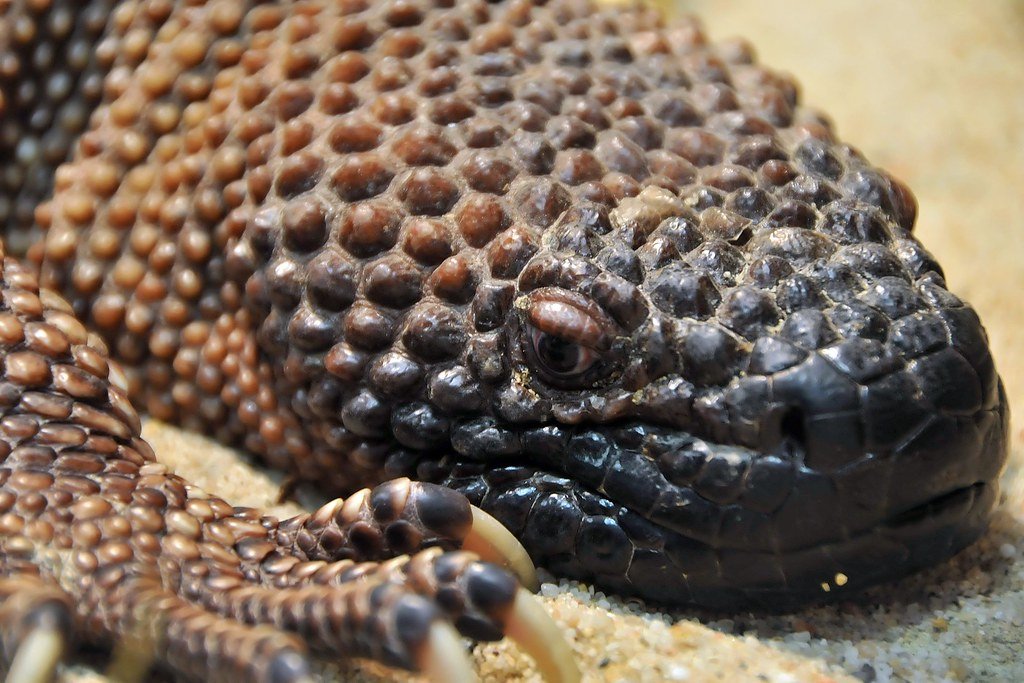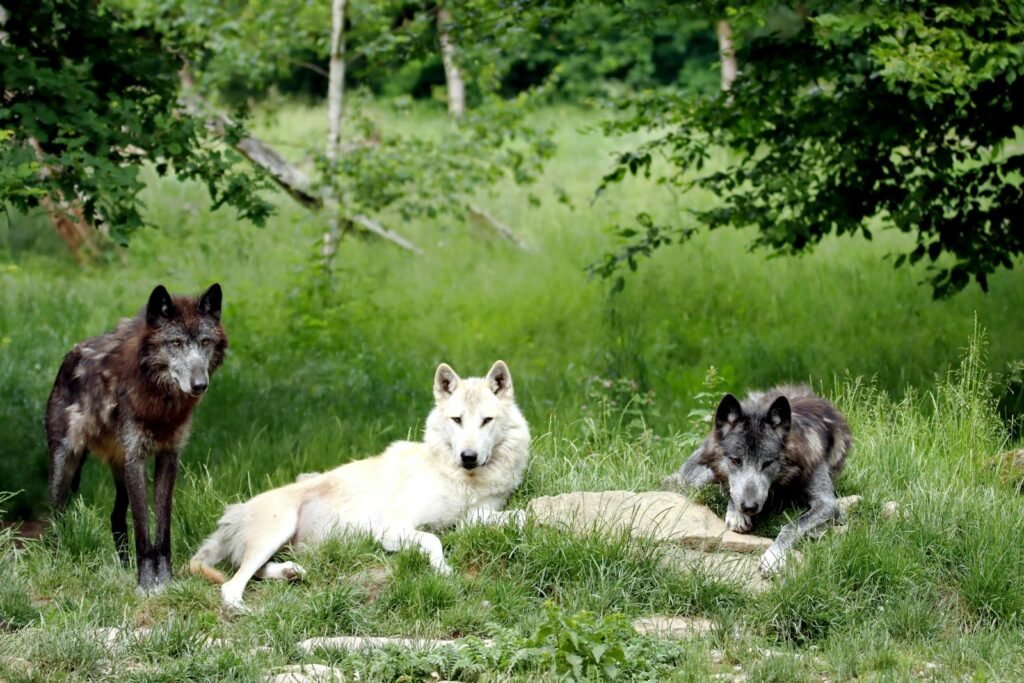Imagine wandering through the blazing, sun-baked stretches of the American Southwest, where life seems impossible, yet the land teems with some of nature’s most astonishing survivors. Among these, the Gila monster emerges—a creature at once mysterious and mesmerizing, cloaked in vibrant colors and ancient secrets. This lizard, with its bead-like scales and deliberate movements, holds stories of adaptation and endurance that echo through millennia. The desert is not a barren wasteland but a living archive, home to beings whose resilience defies the extremes and whose presence is a testament to the raw power of survival. As we step into the world of the Gila monster and its desert kin, prepare to be surprised, inspired, and perhaps even a little humbled by nature’s determination.
The Gila Monster: A Living Fossil Among Us
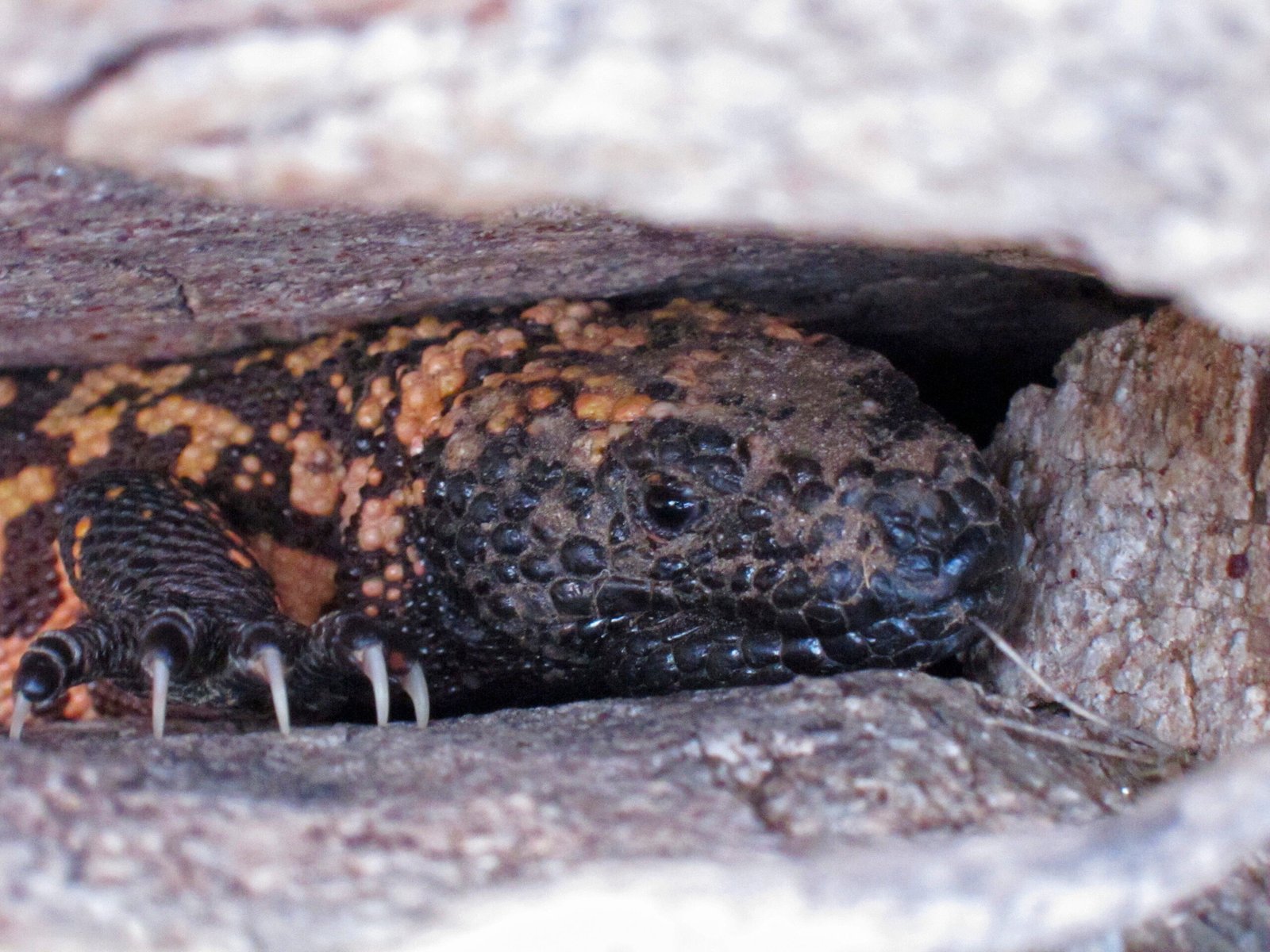
The Gila monster is often called a “living fossil,” and for good reason. It is one of only two venomous lizard species in North America, and its lineage can be traced back millions of years. With its chunky body, beaded skin, and striking orange-and-black pattern, the Gila monster looks like it stepped straight out of a prehistoric painting. Unlike many reptiles that dart away at the slightest movement, the Gila monster moves slowly and confidently, as if unbothered by the rush of time. Scientists marvel at how little this species has changed, suggesting its unique design has stood the test of time. In a world that constantly evolves, the Gila monster reminds us that sometimes, nature gets it right the first time. Their survival is a living bridge connecting the ancient world to our modern deserts.
Venom: A Surprising Weapon for Survival
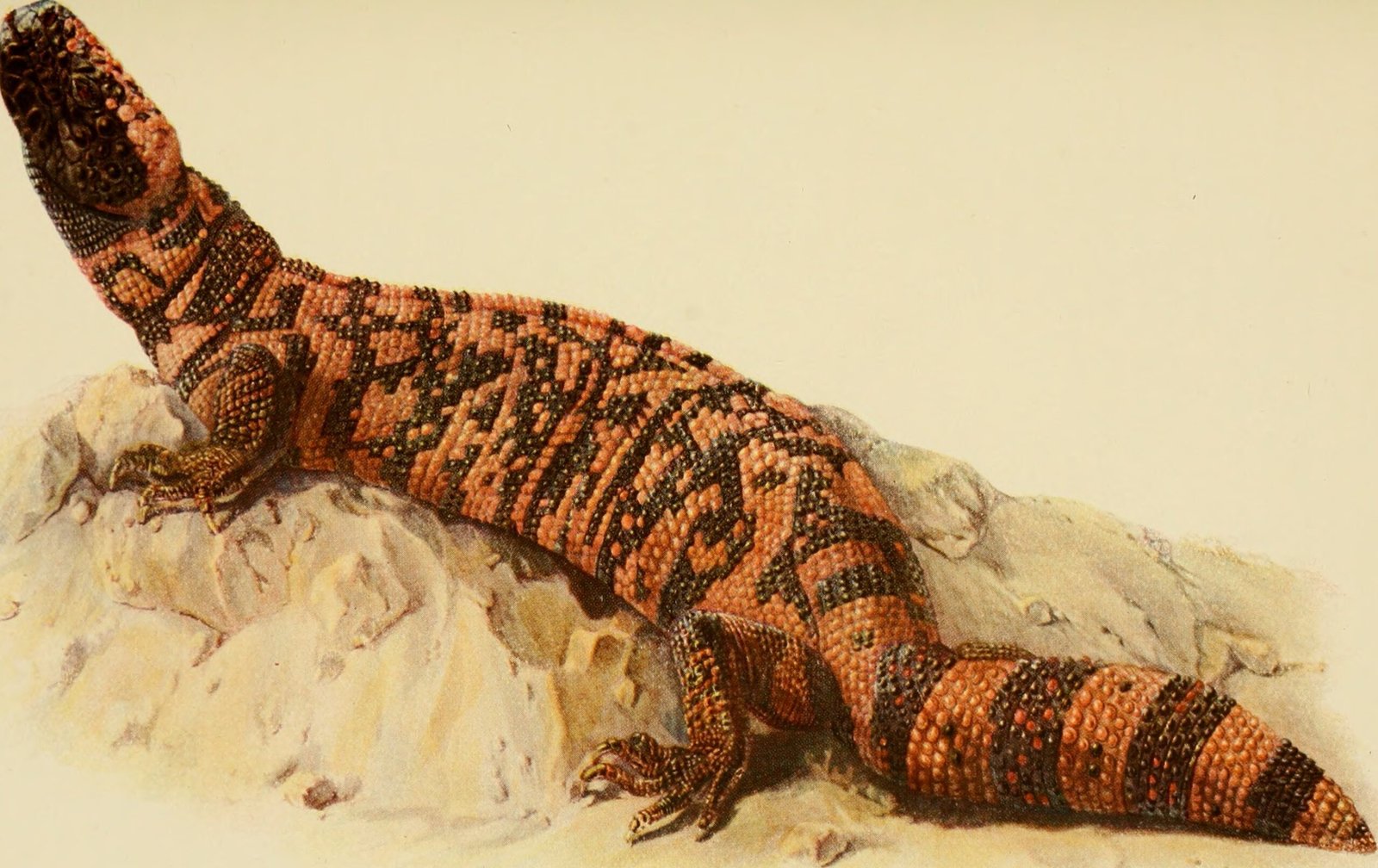
Most people are shocked to learn that the Gila monster is venomous, and not just dangerous—its venom is a complex cocktail with fascinating uses. Unlike snakes that inject venom through hollow fangs, Gila monsters have grooves in their lower teeth, and they chew their venom into their prey. This venom isn’t just for hunting; it’s a defense against hungry predators. What’s truly remarkable is how scientists have turned Gila monster venom into hope for humans. A compound from its saliva has led to treatments for diabetes, showing how ancient adaptations can inspire modern medicine. The Gila monster’s venom is a vivid example of how something feared can become a force for healing.
Life in the Harshest Places: The Desert’s Challenge
The Gila monster’s habitat is unforgiving. The Sonoran, Mojave, and Chihuahuan deserts, where these lizards roam, are places of scorching days, freezing nights, and scarce water. Yet, the Gila monster endures. It spends up to 95% of its life underground in burrows, escaping the merciless sun and conserving precious moisture. When it emerges, usually in spring and after rainfall, it seeks out food and mates with calculated patience. This ability to hide away, conserve energy, and strike only when conditions are right is a survival strategy perfected over ages. The desert is a crucible, and the Gila monster is its seasoned alchemist.
Diet: Masters of Feast and Famine
Unlike many animals that must eat constantly, the Gila monster is a master of feast and famine. It can consume large meals—sometimes up to a third of its body weight in one sitting—and then go weeks, even months, without eating again. Their main menu consists of bird and reptile eggs, young mammals, and occasionally carrion. This eating style is well-suited to an environment where food is scarce and unpredictable. Their slow metabolism and fatty tails, which store energy, are evolutionary marvels. Imagine a refrigerator you could carry on your back—that’s the Gila monster’s secret to thriving in a land of scarcity.
A Kaleidoscope of Color: Warning and Beauty
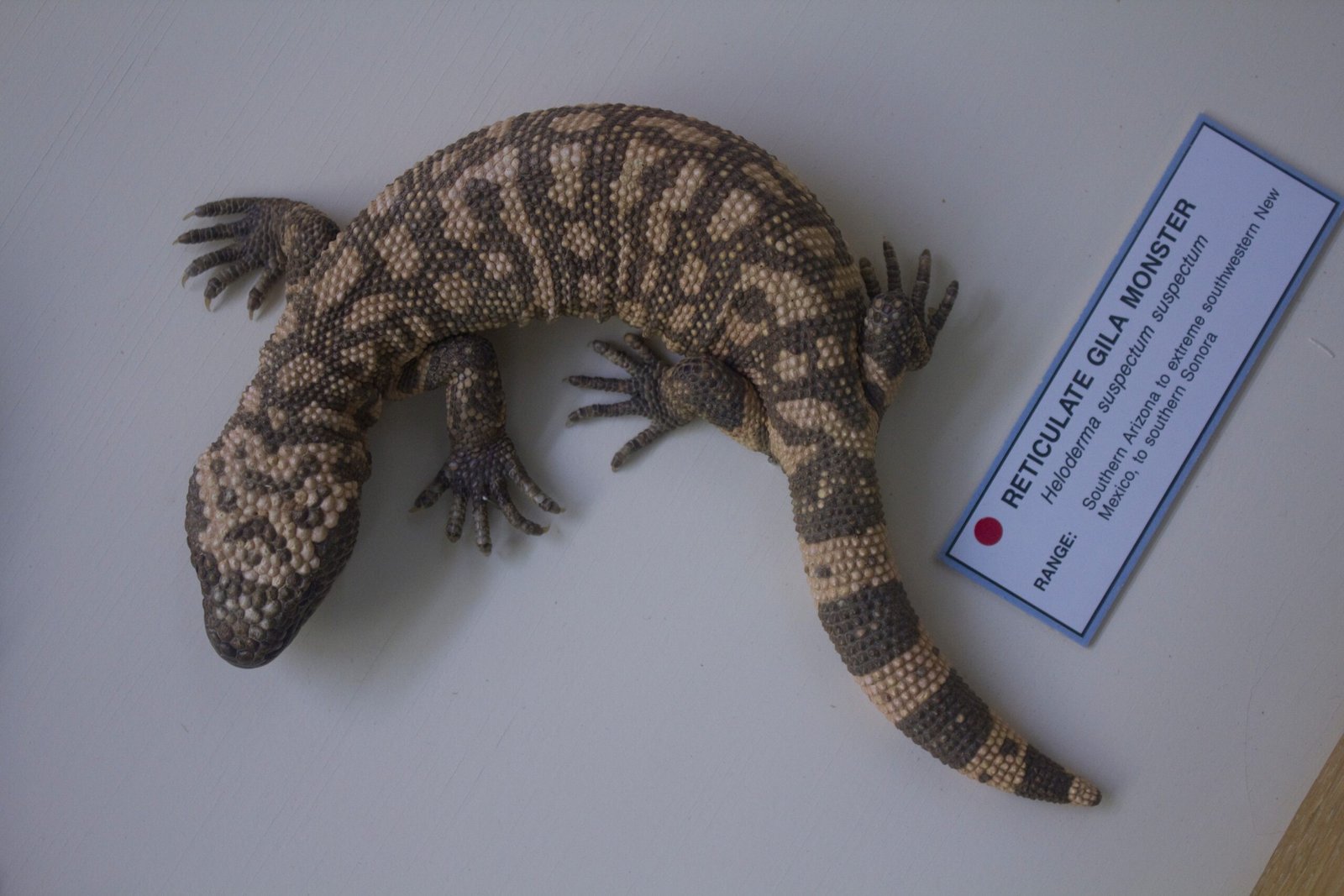
The Gila monster’s vivid orange and black bead-like skin is not just for show. These bold colors serve as a warning to would-be predators: “Stay away, I’m dangerous.” This is a brilliant example of aposematism, where bright colors signal toxicity or danger. The texture of its skin, covered in tiny, hard scales called osteoderms, offers both protection and a striking appearance. For centuries, Native American tribes respected the Gila monster, often weaving its image into their art as a symbol of power and healing. Its beauty is not just skin-deep—it’s a living warning sign, a badge of survival in the desert’s unforgiving theater.
Ancient Relatives: The Desert’s Hidden Cast
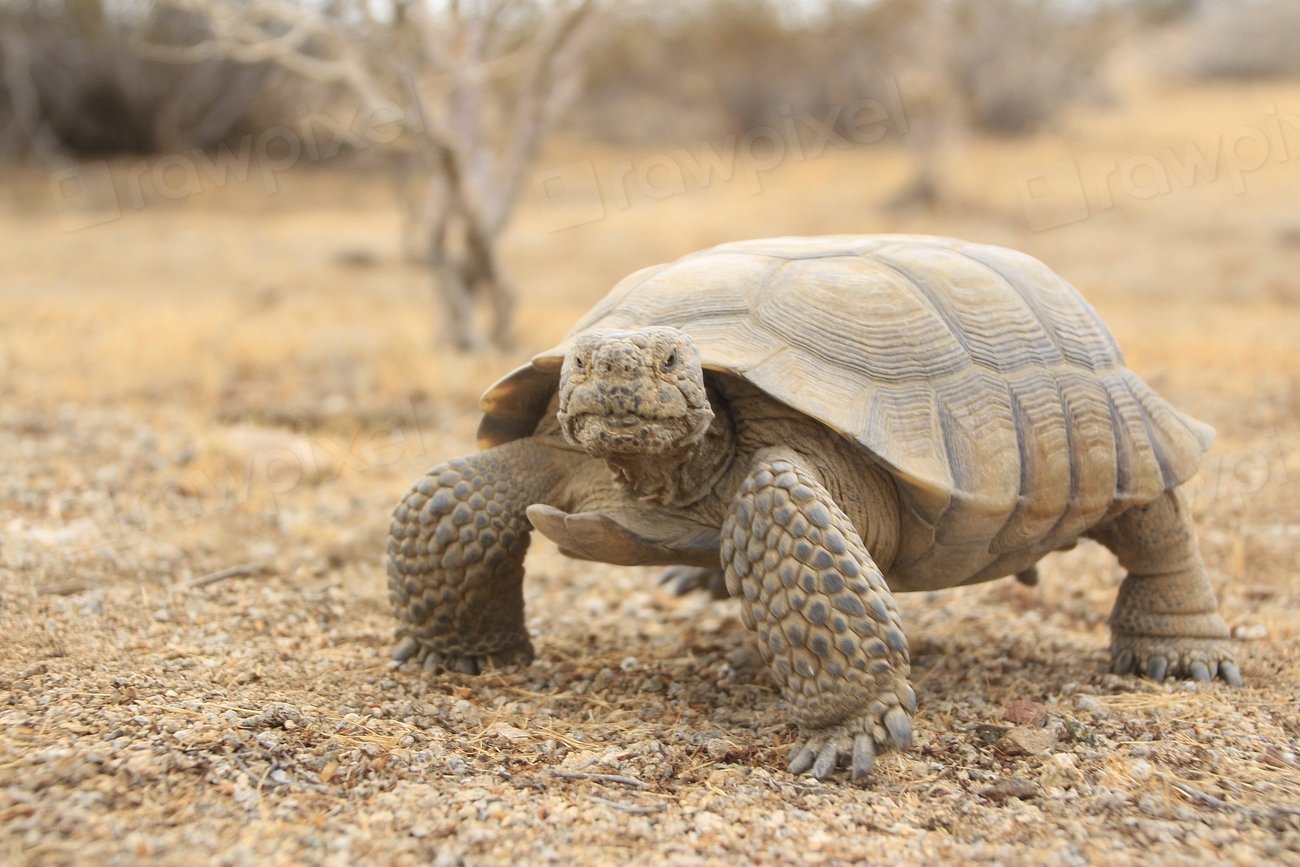
The Gila monster is not alone in its ancient lineage. The desert is home to many other survivors whose ancestors date back to the age of dinosaurs. Desert tortoises, with their domed shells and slow gait, move through the sands much as their ancestors did millions of years ago. Chuckwallas, horned lizards, and even the elusive desert iguana share this ancient heritage. These creatures have adapted in unique ways—burrowing, camouflaging, or developing armor-like skin—to outwit predators and survive the harsh climate. The desert, often overlooked, is actually a living museum of evolutionary wonders.
Adaptations: Ingenious Solutions to Extreme Living
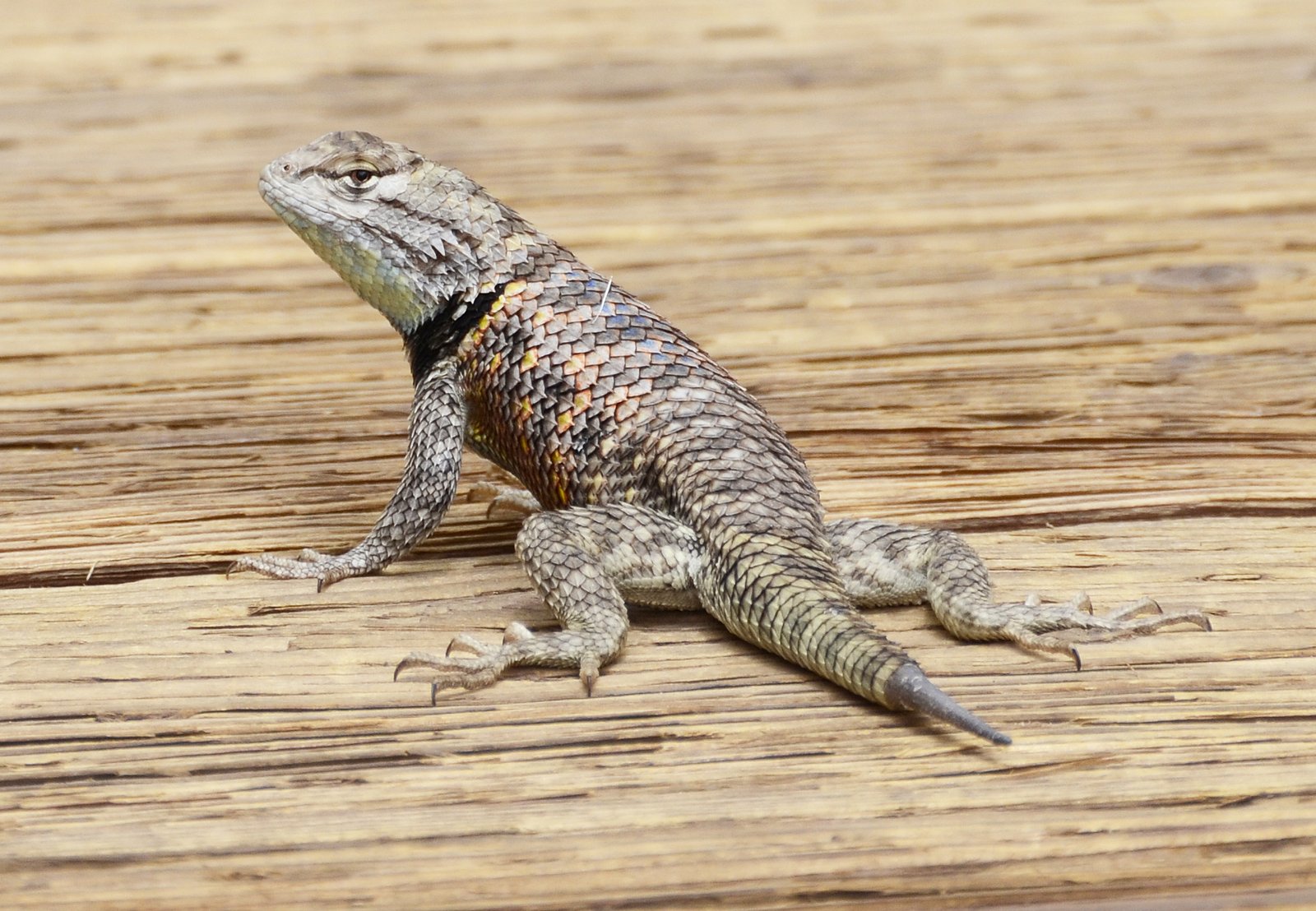
Surviving the desert’s extremes requires more than just toughness—it demands ingenuity. The Gila monster and its ancient relatives have developed remarkable adaptations. They can regulate their body temperature by alternating between sunlight and shade. Their kidneys efficiently conserve water, and their nocturnal habits during the hottest months help them avoid dehydration. Some, like the horned lizard, can even squirt blood from their eyes to deter threats. These adaptations might sound like science fiction, but they are the real, awe-inspiring results of evolution. Each adaptation tells a story of trial, error, and ultimate success.
Reproduction: The Next Generation of Survivors

Gila monsters have a unique way of ensuring their legacy continues. During spring, males engage in wrestling matches to win the right to mate—an intense display of strength and determination. Females lay eggs in hidden burrows, where the warmth of the earth acts as a natural incubator. The eggs develop for months, and the tiny hatchlings face immediate danger upon emerging. Despite the odds, enough young survive to keep the species thriving. This cycle of struggle and renewal is a powerful reminder that survival in the desert is never taken for granted.
Legends and Lore: The Gila Monster in Culture
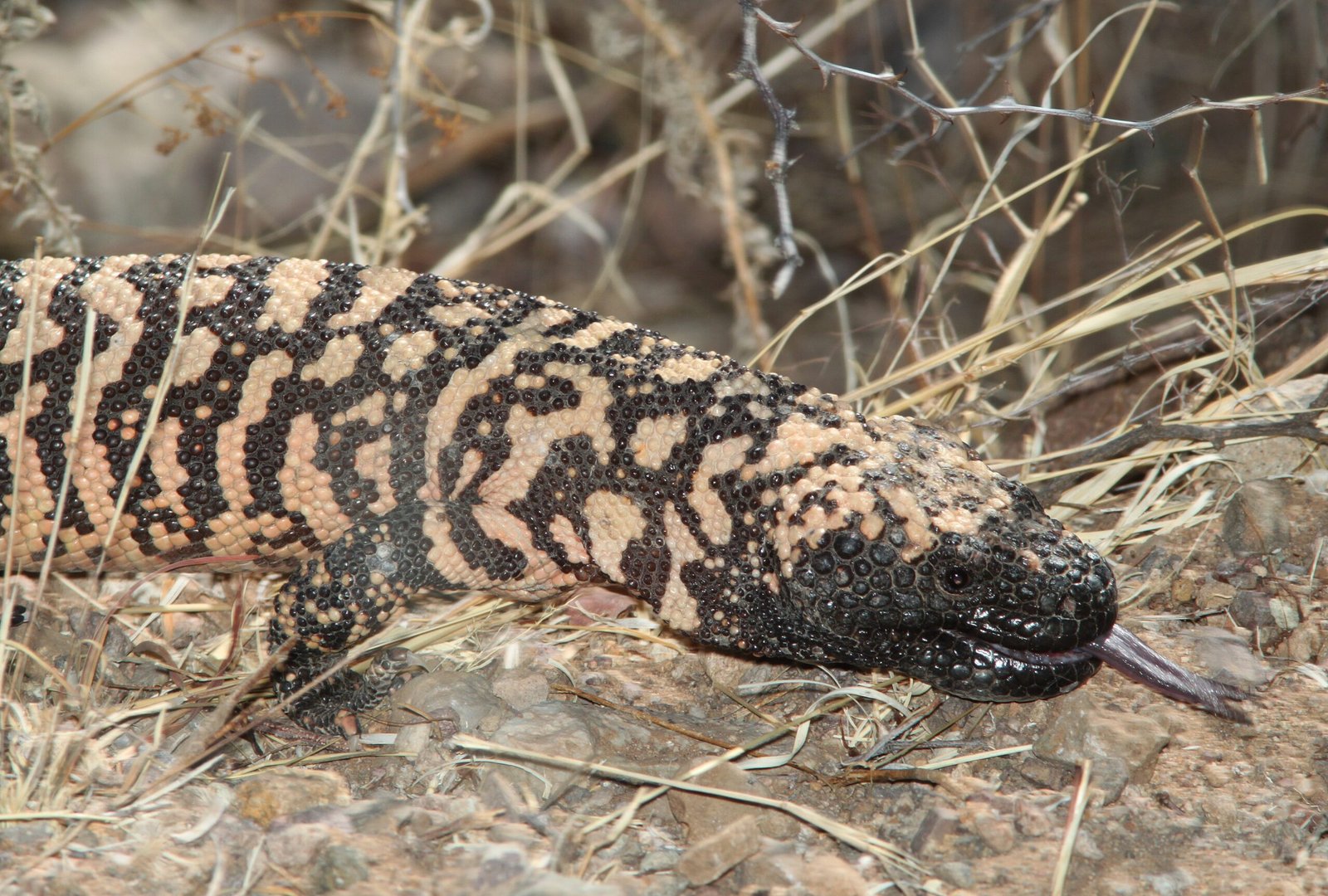
For centuries, the Gila monster has been a figure of fascination and fear. Native American legends often describe it as a creature with mystical powers, capable of both harm and healing. Ranchers once believed its bite to be deadly, fueling myths and misunderstandings. Today, scientists and herpetologists see the Gila monster as a symbol of resilience and a subject of deep curiosity. Its presence in art, folklore, and modern science illustrates the profound impact this species has had on the human imagination. The intersection of myth and reality makes the Gila monster even more captivating.
Threats and Conservation: Protecting the Ancient Survivors
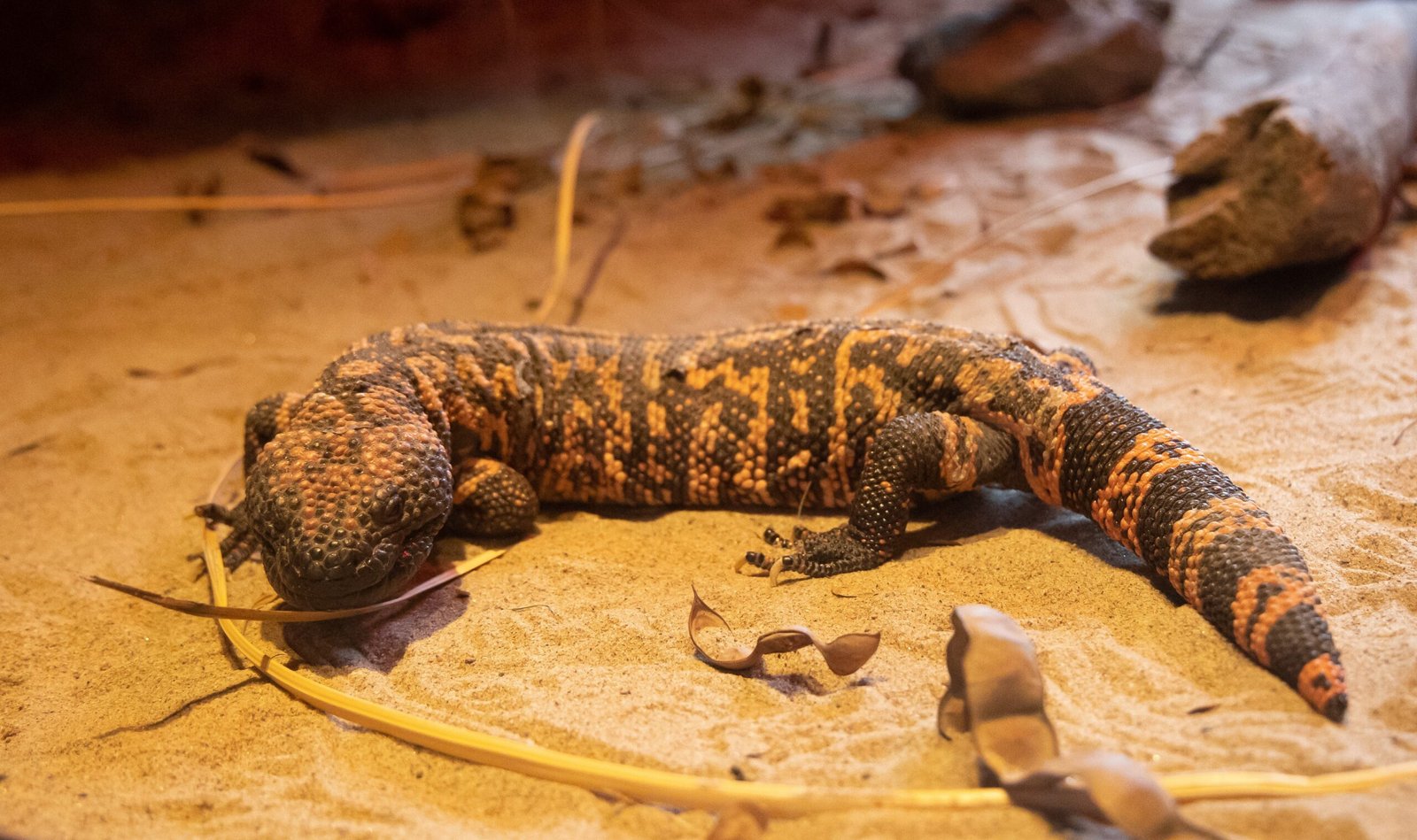
Despite their resilience, Gila monsters and other ancient desert dwellers face mounting threats. Habitat destruction, illegal pet trade, and climate change are shrinking their safe spaces. Roads fragment their territory, and human encroachment pushes them closer to danger. Conservation efforts now focus on habitat protection, research, and public education. Laws in the United States protect the Gila monster, making it illegal to capture or harm them. These efforts are crucial, because losing these survivors would mean erasing a living link to the ancient world.
Lessons from the Gila Monster and Its Kin
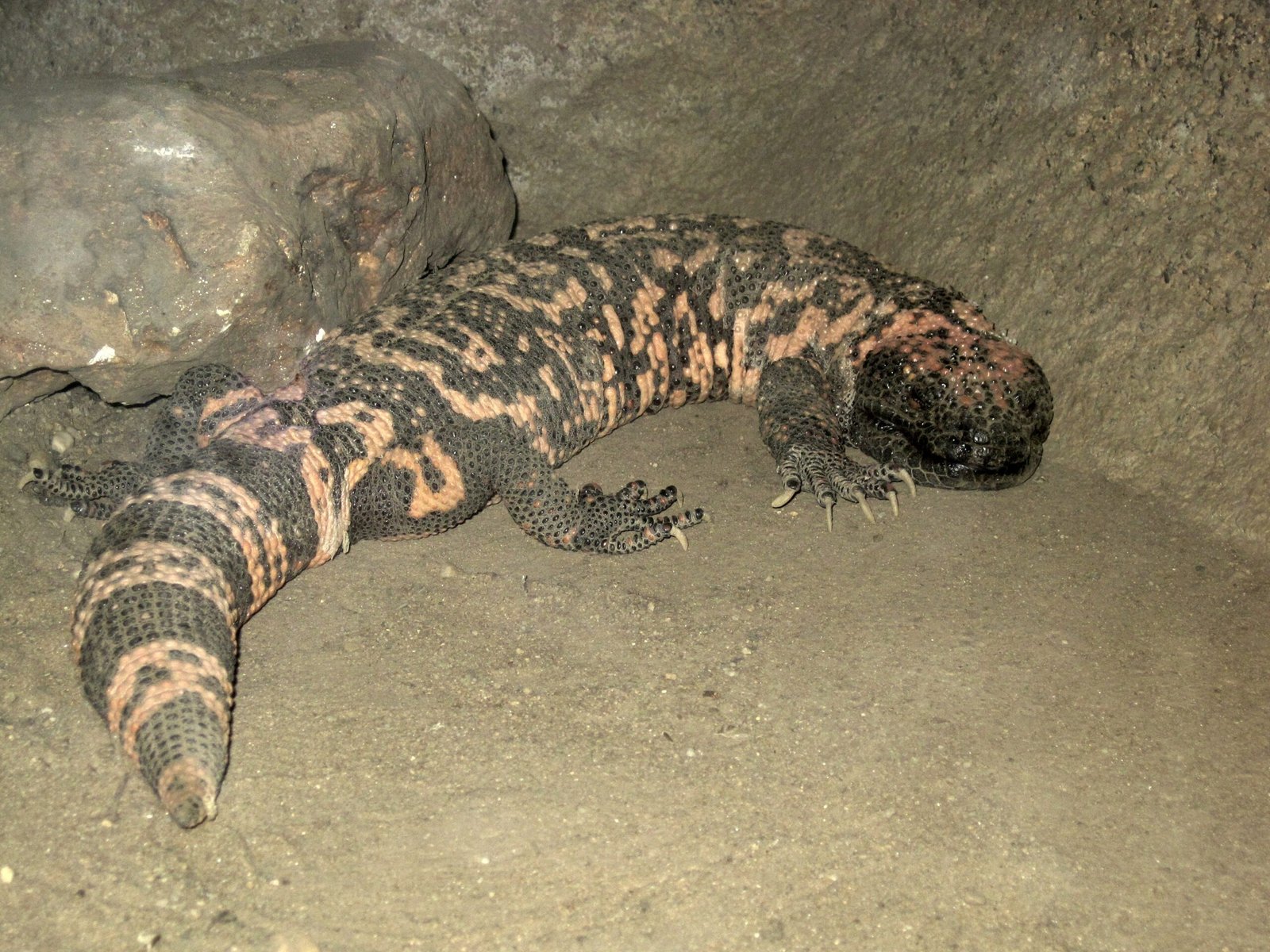
The Gila monster and its fellow desert survivors teach us about adaptability, endurance, and the beauty of evolution’s creativity. They remind us that life can flourish even in the harshest places, provided it is given the chance. Their existence challenges us to look beyond the obvious, to find wonder in resilience, and to respect the wild spaces that still harbor ancient secrets. The desert’s ancient survivors are not just relics—they are living teachers, showing us that survival often depends on embracing change and respecting limits.
The next time you think of the desert as empty or lifeless, remember the Gila monster and its remarkable kin. These ancient survivors are proof that life endures against the odds, turning hardship into strength and scarcity into inspiration.

